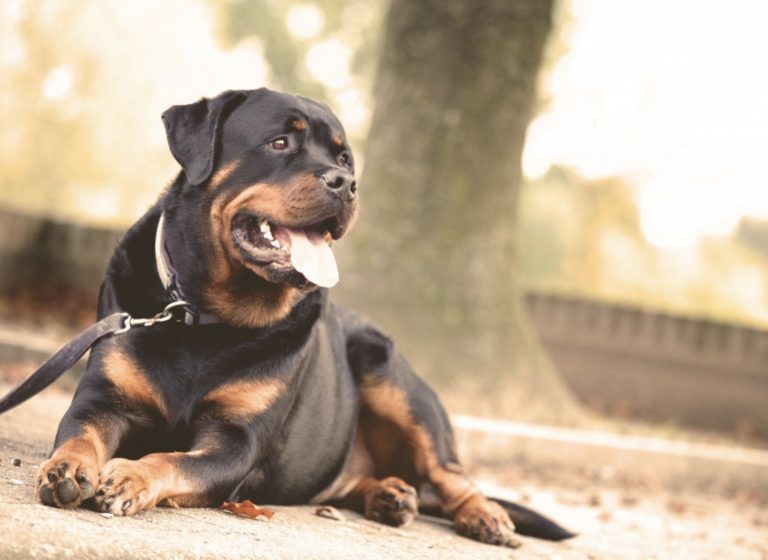No dog is 100% reliable. Dogs do bad stuff now and then. The trick is to minimize bad behavior and reinforce good behavior.
Every dog has some bad habits. Some of them include resource guarding, begging for food, clingy behavior, barking, jumping on people, and so on.
Here is a list of the most common behavior problems according to owners:
- Digging
- Chewing
- Begging for food or toys
- Pulling on the leash
- Not coming when called
- Separation anxiety
- Barking
- Jumping at people
What can you do to prevent this behavior and change it to something more acceptable? Let’s discuss.
Why Punishment Doesn’t Work?
Some owners might try punishment to change the behavior of their puppy. But it doesn’t work? Why? Because punishment is not sufficient. Punishment tools are not instructive.
With punishment, you are only telling to your dog “you are doing something wrong”. But does your pup knows what is the right thing to do? Does he know what you want him to do? Of course not. At least you cannot achieve that with punishment.
If you punish your dog, your pet cannot grow out of any behavior. The moment you turn your back, your puppy might continue with his bad behavior. Basically, you train your dog what is not acceptable to do while you are around.
Non-instructive commands like punishment cannot educate your dog. Training is basically teaching your dog the meaning of words, which we then use as commands and requests. Think of sit, come, lie down, roll over, and so on.
With punishment, even with perfect timing, you can only potentially eliminate bad behavior. But you will not instruct your puppy to do something good.
Even worse, if your punishment if off, you might punish something else. Here is a classic example. Your dog runs away, you yell and recall him come back here, come back! Your dog comes back, and you scream at him, telling your pup “do not dare do that ever again”. What have you punished, the running away or coming back? The latter, of course!
Basically, if your punishment is off-timing, you end up punishing the very behavior you want to teach.
How to Change the Behavior?
The simplest trick in dog training is answering a question. And that question is “what do you want your dog to do instead”?
And you can do that with punishment, but only when you follow with a positive command. The professional term is negative reinforcement followed by positive reinforcement.
Here is an example, your dog walks by your side. At one point, your pup tries to step on the street. You shout no, but then instantly follow it up sidewalk, heel, left/right (depending on which side is the sidewalk), and then praise your puppy. This way you reward the puppy for keeping his feet off the street.
You cannot change behavior by telling your dog “I want you to do it this way” and yell. No, you motivate your dog to do things you want.
Follow positive behavior with reward to increase frequency. And follow negative behavior with punishment (a simple no, do not do that or ignoring will do the trick) and instantly with a positive command you want in that scenario.
Here is another example. You have a dog that often tries to jump on people when greeting them. Tell your dog no, and then follow it up with sit. When your dog sits, give him treats and allow it to greet people. This reinforces calm behavior while greeting people. And that is something you want.
Turning the problem into a reward
Another way to change a dog’s behavior is to turn the problem into a reward. It works with almost any dog breed and any problem.
Here is an example. Hound dog breeds love to sniff. For a hound, say Beagle, sniffing is the most rewarding thing in the world. Your Beagle might not be as food-driven and toy-driven as sniffing-driven.
So, what can you do? Well, make sniffing the reward for positive behavior. For example, if your dog walks by your side for a minute or two without any distraction, allow him to sniff away for quick 10 seconds. Have your hound close, and then when you pass by his favorite sniffing spot, give him the freedom to sniff.
Or here is another example. Dogs like huskies often love to pull on the lead. Why? Well, they are sled dogs for starters. Their natural instinct is to pull the rope. Make pulling reward for positive behavior. Same as with the Beagle, when your husky walks in heel for a while, reward it with a “pull” command.






